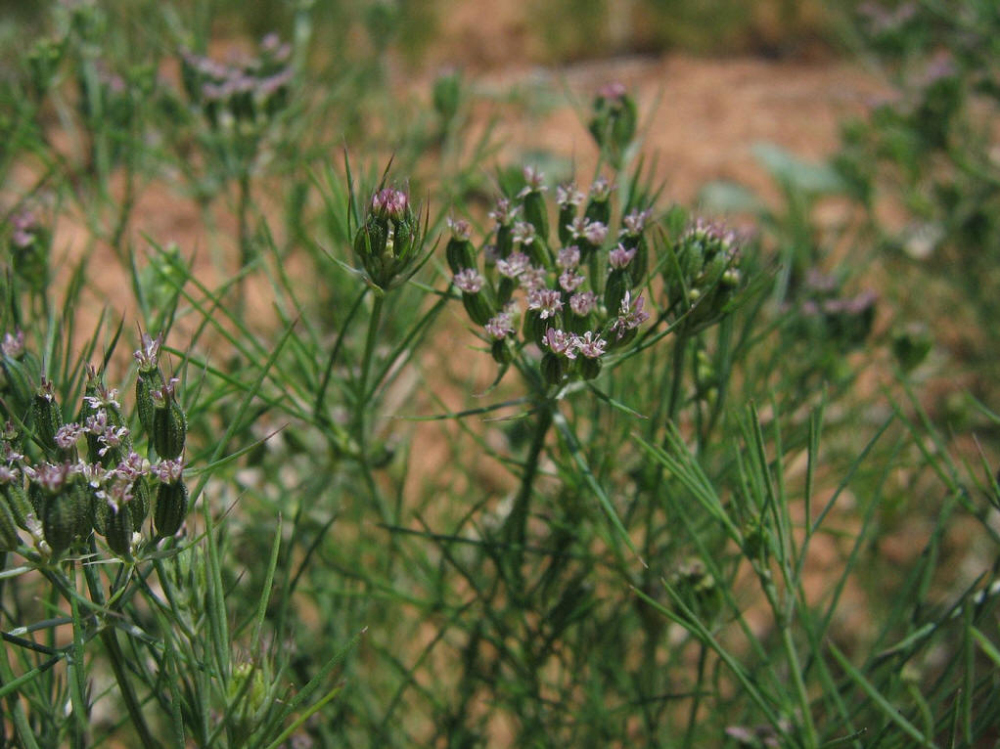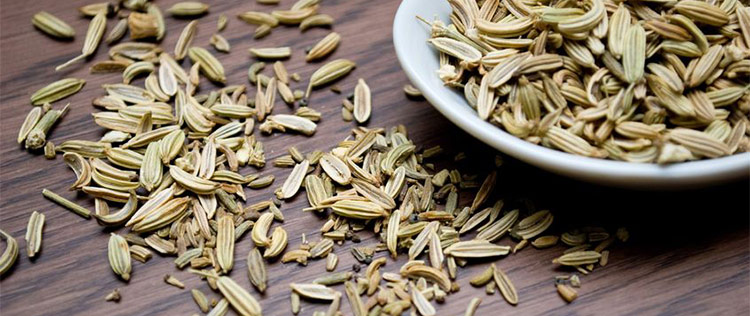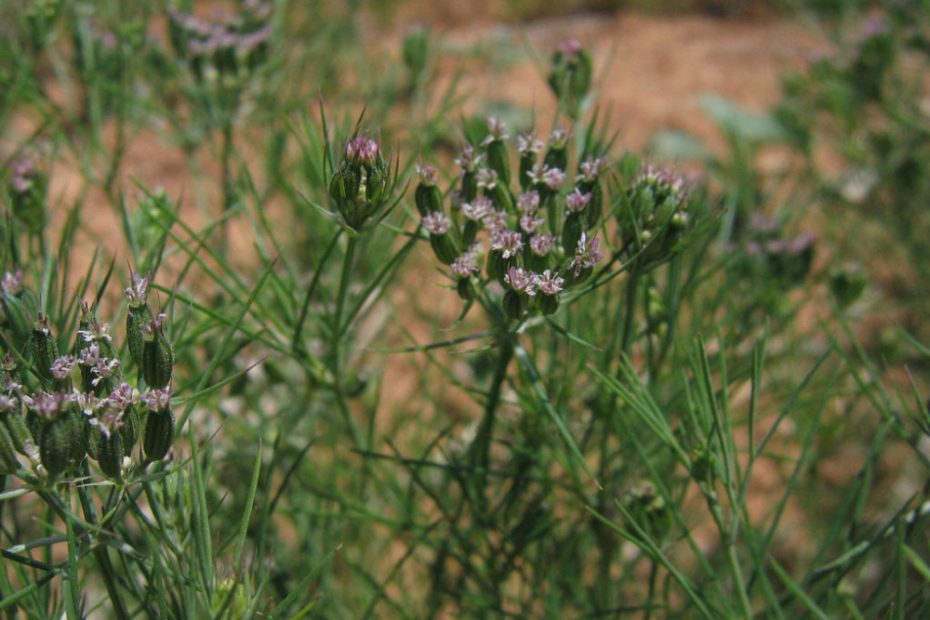Cumin, a popular spice known for its distinct flavor and aroma, also possesses valuable essential oil with numerous health benefits. This article delves into the extraction of cumin essential oil, focusing on the highly efficient CO2 extraction method and its advantages over other extraction techniques.
Cumin Essential Oil and Its Benefits
Cumin essential oil is derived from the seeds of the Cuminum cyminum plant and is revered for its diverse range of therapeutic properties. It exhibits antimicrobial, antioxidant, anti-inflammatory, and digestive-stimulating effects, making it a valuable ingredient in various industries, including aromatherapy, pharmaceuticals, and food processing.
Common Extraction Methods
Several extraction methods are employed to obtain cumin essential oil, including steam distillation, solvent extraction, and CO2 extraction. Each method possesses its own advantages and limitations. However, in this article, we will focus on the CO2 extraction method, known for its efficiency and ability to produce high-quality essential oils.
CO2 Extraction Method
Supercritical CO2 extraction is a state-of-the-art method that utilizes carbon dioxide in its supercritical state as a solvent. The process involves subjecting cumin seeds to high pressures and temperatures, allowing the CO2 to behave as both a gas and a liquid, effectively extracting the essential oil while preserving its quality and potency.
Comparison of Cumin Essential Oil Extraction Methods
| Extraction Method | Advantages | Disadvantages |
|---|---|---|
| CO2 Extraction | High extraction efficiency | High equipment cost |
| Selective extraction of essential oil components | Requirement for technical expertise | |
| Minimal solvent residue in the final product | ||
| Preservation of oil quality and potency | ||
| Steam Distillation | Simplicity and low-cost setup | Lower extraction efficiency |
| Commonly used method for essential oil extraction | Potential degradation of oil components | |
| Longer extraction time | ||
| Solvent Extraction | High yield of essential oil | Use of organic solvents |
| Solvent residue in the final product | ||
| Potential alteration of oil composition |
CO2 Extraction Process
The CO2 extraction process for cumin essential oil involves several key steps. First, cumin seeds are loaded into an extraction vessel. The vessel is then pressurized with CO2 gas until it reaches its supercritical state. The supercritical CO2 acts as a solvent, selectively dissolving the essential oil from the seeds. Finally, the CO2 and essential oil mixture is depressurized, allowing the CO2 to return to its gaseous state, leaving behind a high-quality cumin essential oil.
Advantages of CO2 Extraction for Cumin Essential Oil
- High extraction efficiency, ensuring a higher yield of essential oil.
- Selective extraction of desired components, resulting in a more concentrated and potent oil.
- Minimal solvent residue in the final product, making it safer for consumption and application.
- Preservation of the oil’s quality and potency due to the gentle extraction process.
- Greater control over the extraction parameters, allowing for customization of the oil’s composition.
Conclusion
CO2 extraction emerges as a superior method for obtaining cumin essential oil, offering high extraction efficiency, selectivity, and minimal solvent residue. While it requires advanced equipment and technical expertise, the benefits it provides make it a valuable choice for industries relying on cumin essential oil. As further research and development take place, the potential for optimizing CO2 extraction methods and expanding the applications of cumin essential oil continues to grow.
Cumin essential oil
Cumin Pure Essential Oil
Botanical name

Extraction part

Seeds
Extraction process
Supercritical CO2 extraction (Supercritical Fluid Extraction Process (SCFE) also called Co2 Extraction process.), or distillation
Product quality
Natural
Part of use
Extracted from mature seeds.
Chemical composition
Cuminic, p-cymene, dipentene, limonene, phellandrene and pinene.
Pharmaceutical properties
Antibacterial, antispasmodic, antitoxic, sterilizing, driving wind, digestion, diuresis, easing menstruation, nerve calming.
From the Mediterranean region, it is a small approximately 50 cm (20 inches) tall, dark green, narrow pinnate leaves and tiny white or pink flowers, composed of small oval seeds, an annual herb.
Known since biblical times, it is mainly used for its digestive properties. The Egyptians use it for headaches.
The Pharisees used it to pay taxes, and in the Middle Ages, feudal lords used cumin to pay for serfs who provided services. Cumin is an important part of Indian curry and Mexican national cuisine.
Using cumin oil helps relieve muscle pain and osteoarthritis.
In the digestive system, it helps with colic, flatulence, indigestion, bloating and indigestion.
It has a beneficial effect on the nervous system, headache, migraine, and neurasthenia.
Precautions
Cumin has a pungent smell and should be used with great caution, but it is considered non-toxic, non-irritating and non-allergenic. It has photosensitivity, so the skin should not be exposed to the sun for 2 hours after use. People with sensitive skin should avoid and should avoid it during pregnancy.
Method for supercritical CO2 extraction of cumin essential oil
